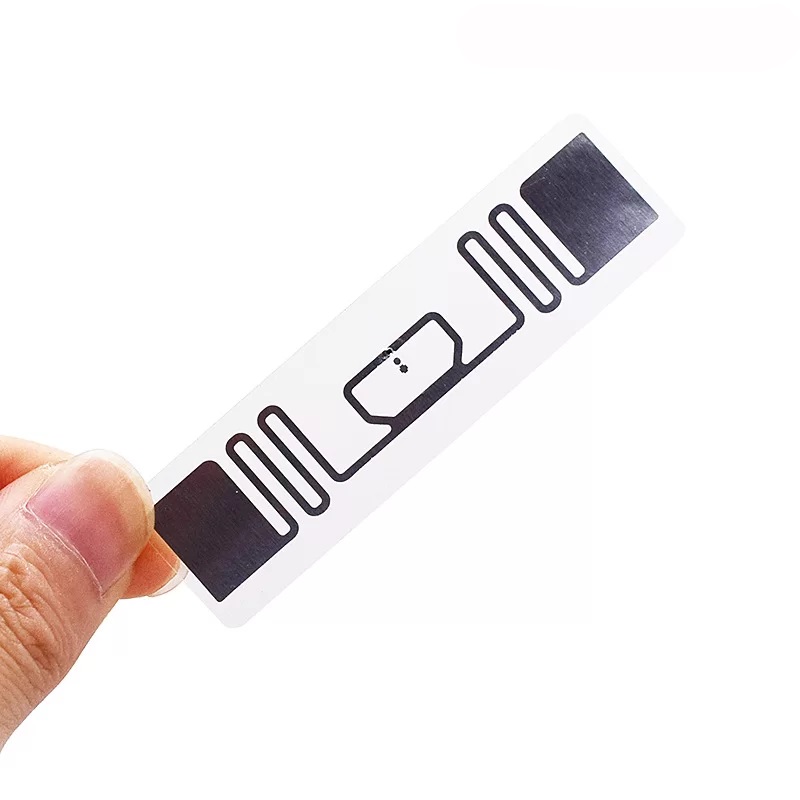Your location: Home Page > RFID Blog | SILION TECH > How RFID Tags Store and Transmit Data: A Simple Guide
News and Information
How RFID Tags Store and Transmit Data: A Simple Guide
Author:2024-04-18 01:02:00
Radio Frequency Identification (RFID) is revolutionizing the way we track and manage information. From retail stores tracking inventory to airports handling luggage, RFID is behind the scenes making processes smoother and faster. But have you ever wondered how these tiny devices store and send out data? Let’s dive into the world of RFID tags to understand how they work in a simple, straightforward manner.
Passive RFID Tags do not have their own power source. Instead, they receive power from the reader’s signal, which energizes the tag, enabling it to send the information back to the reader. Passive tags are widely used due to their lower cost and smaller size. They are typically used in supply chain management, race timing, and access control.
Active RFID Tags come with their own power source (usually a battery), which allows them to broadcast a signal to a reader. This makes them more effective over longer distances and in environments where large amounts of metals or liquids might interfere with radio waves. Active tags are used in tracking large valuable assets or for monitoring environmental conditions in shipping.

How Do RFID Tags Store Data?
The heart of an RFID tag is its microchip. This microchip, though incredibly small, can store a wide range of information depending on its size and design. The capacity of these chips can vary from 128 bits to as much as 8 kilobytes of data. The type of data stored can range from simple identification numbers (like a unique ID for a retail product) to more complex information (like shipment details in logistics).
The data on an RFID tag is typically programmed into the chip during the manufacturing process. This data is securely stored and is non-volatile, meaning it does not get erased when the tag is out of power. For passive tags, any additional writing of data (if the tag design allows it) would require a nearby RFID reader providing the necessary power and communication protocol to do so.

How Do RFID Tags Transmit Data?
The magic of how RFID tags transmit data lies in the interaction between the tag and the RFID reader. Here's a step-by-step breakdown:
Activation: When an RFID tag comes into the vicinity of a reader, the reader sends out a radio frequency signal. In passive tags, this signal provides the energy required to power up the chip on the tag.
Data Retrieval: Once powered, the chip on the RFID tag modulates the radio frequency signal from the reader and uses it to send the data stored on the chip back to the reader. This process is known as backscatter.
Data Transmission: The reader picks up the modulated signals from the RFID tag. These signals are then converted into a digital format that can be used by computers.
Processing: Finally, the data collected by the reader is processed according to the needs of the application. For example, in a retail setting, it might trigger an inventory update, while in a logistics operation, it might update the tracking information of a shipment.
Why RFID Is Revolutionary
The beauty of RFID technology lies in its simplicity and efficiency. Unlike barcodes, RFID tags don’t need to be within the line of sight of the reader, which means they can be read through materials, at various angles, and over greater distances. This dramatically increases the speed and accuracy of data collection and processing.

Furthermore, the ability to track items in real-time with RFID helps businesses reduce losses, manage inventory more effectively, and enhance the customer experience by ensuring products are available when and where needed.
RFID technology is a testament to how advancements in digital information storage and wireless communication can come together to create solutions that impact our daily lives and the operations of industries across the globe. Whether it’s making shopping easier, speeding up airport check-ins, or enhancing supply chain transparency, RFID tags play a crucial role in the background, making modern life more efficient and connected. Understanding how these tags store and transmit data gives us a glimpse into the sophisticated yet largely invisible world of wireless technology.